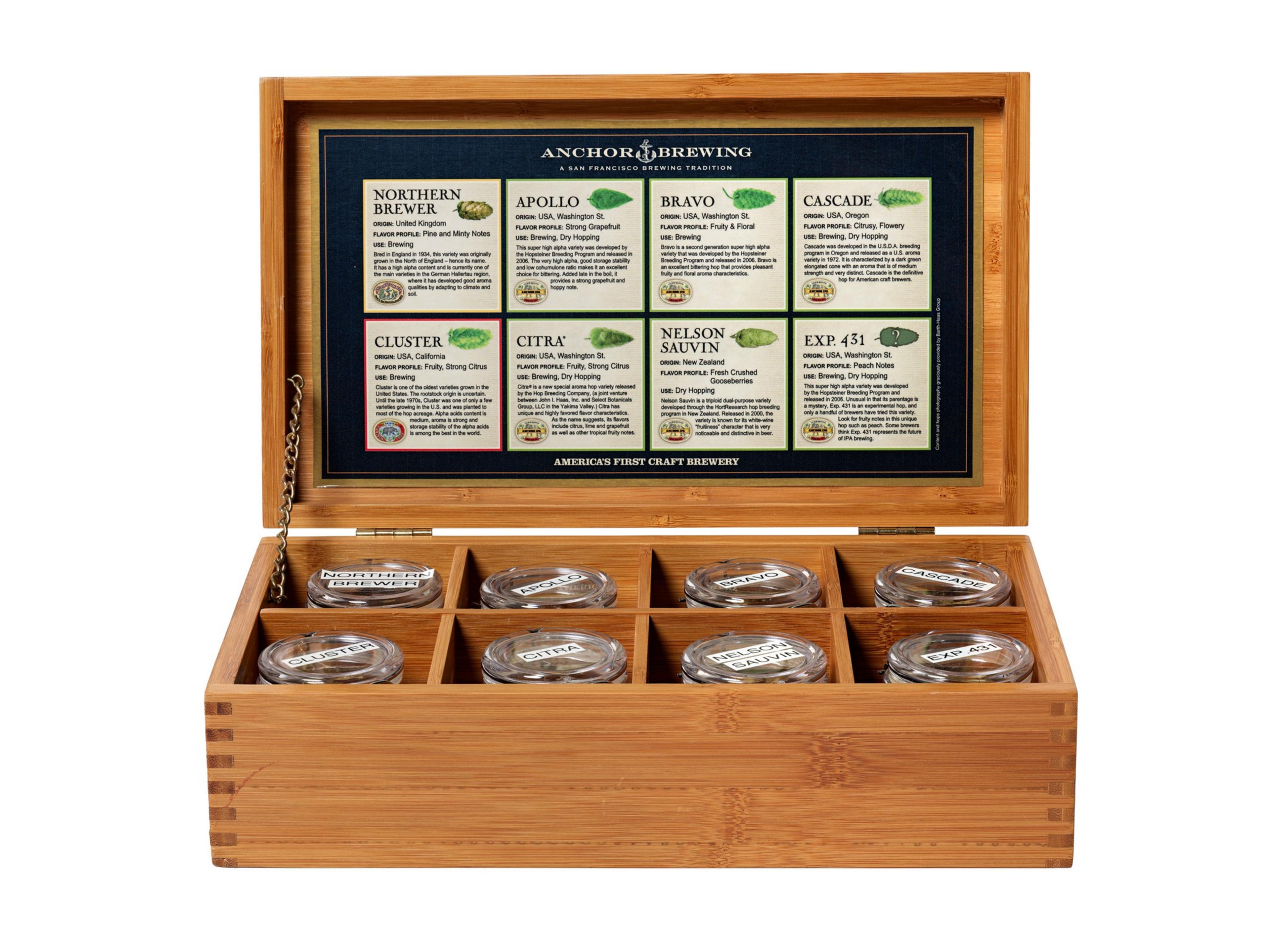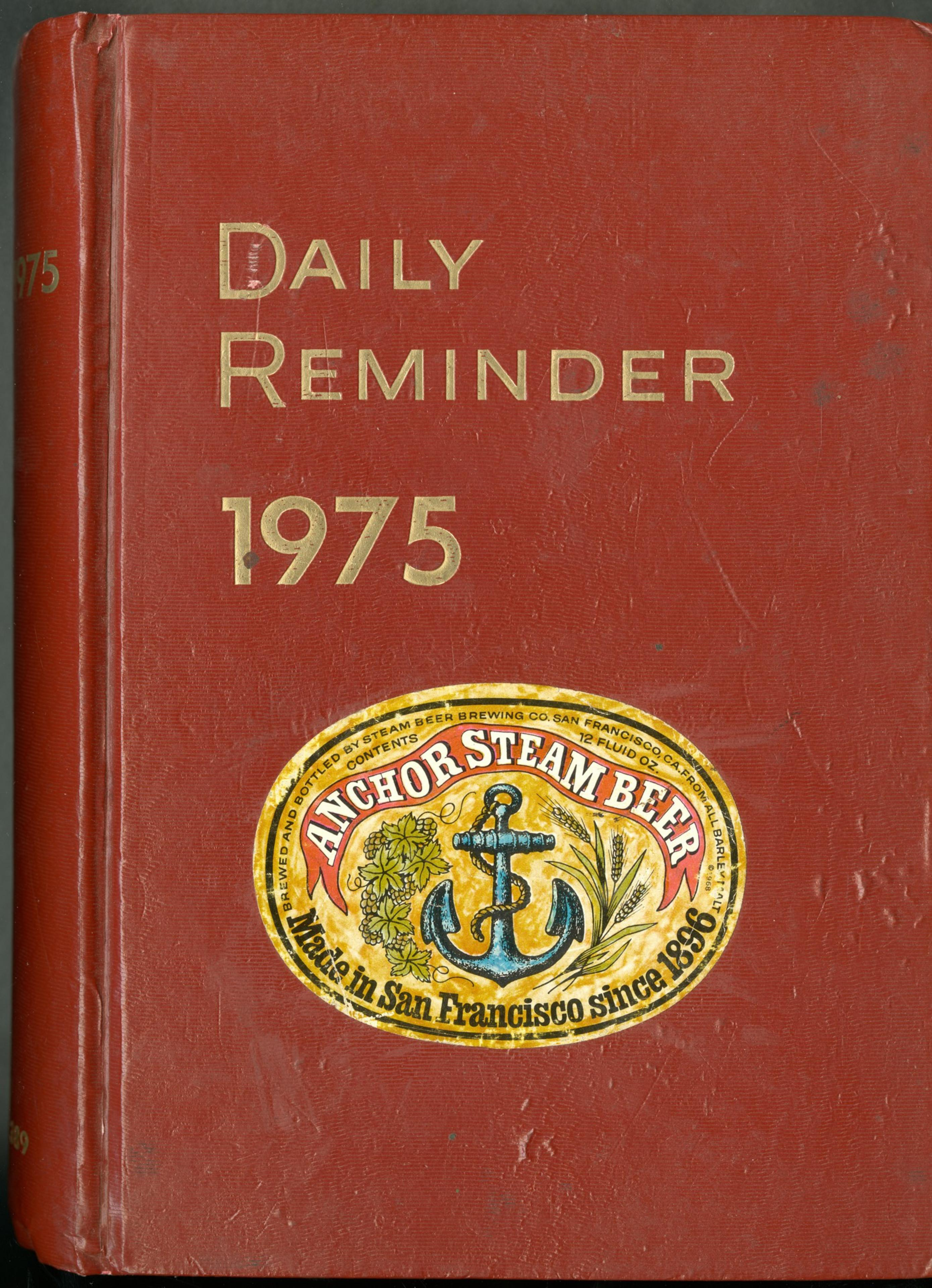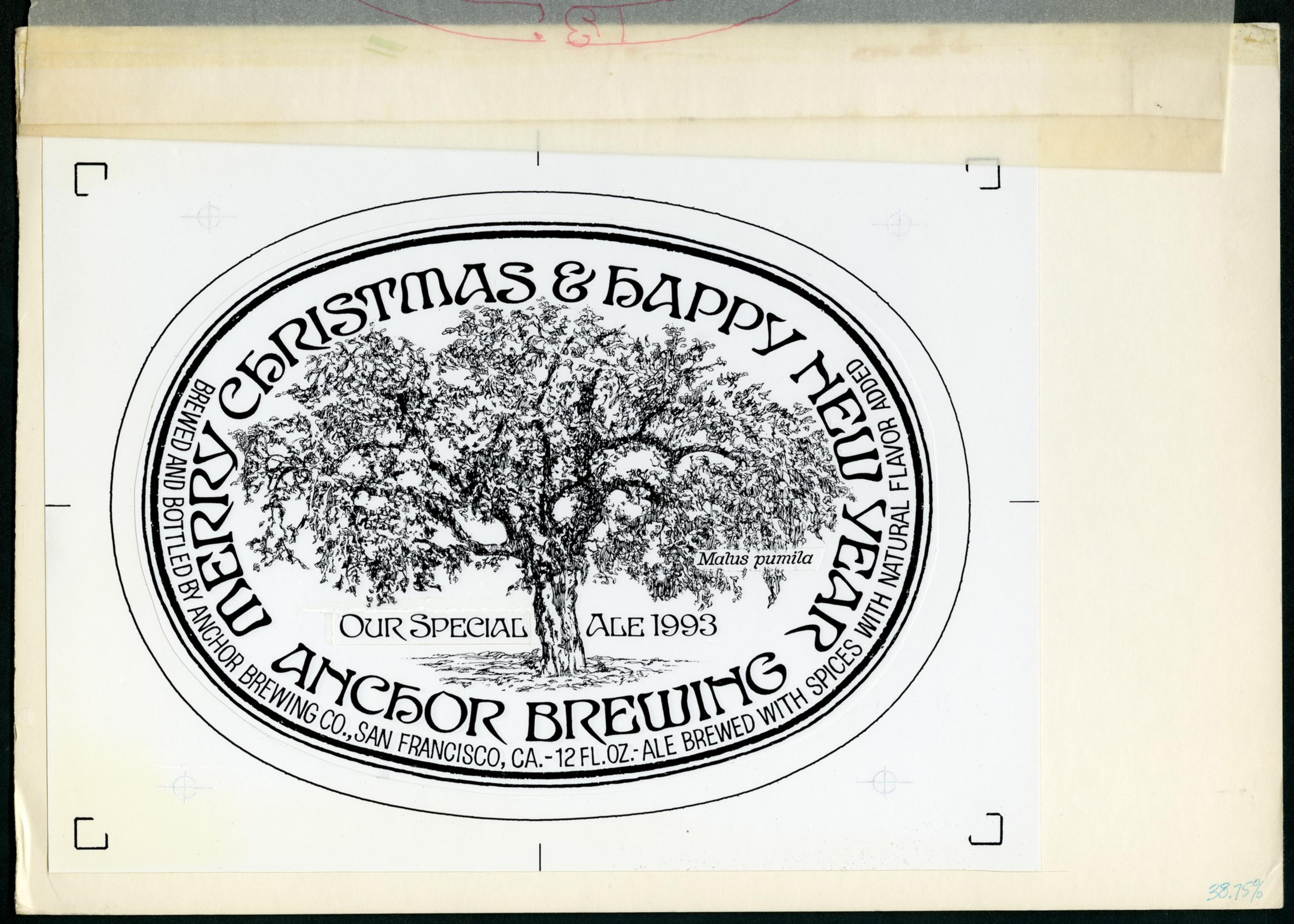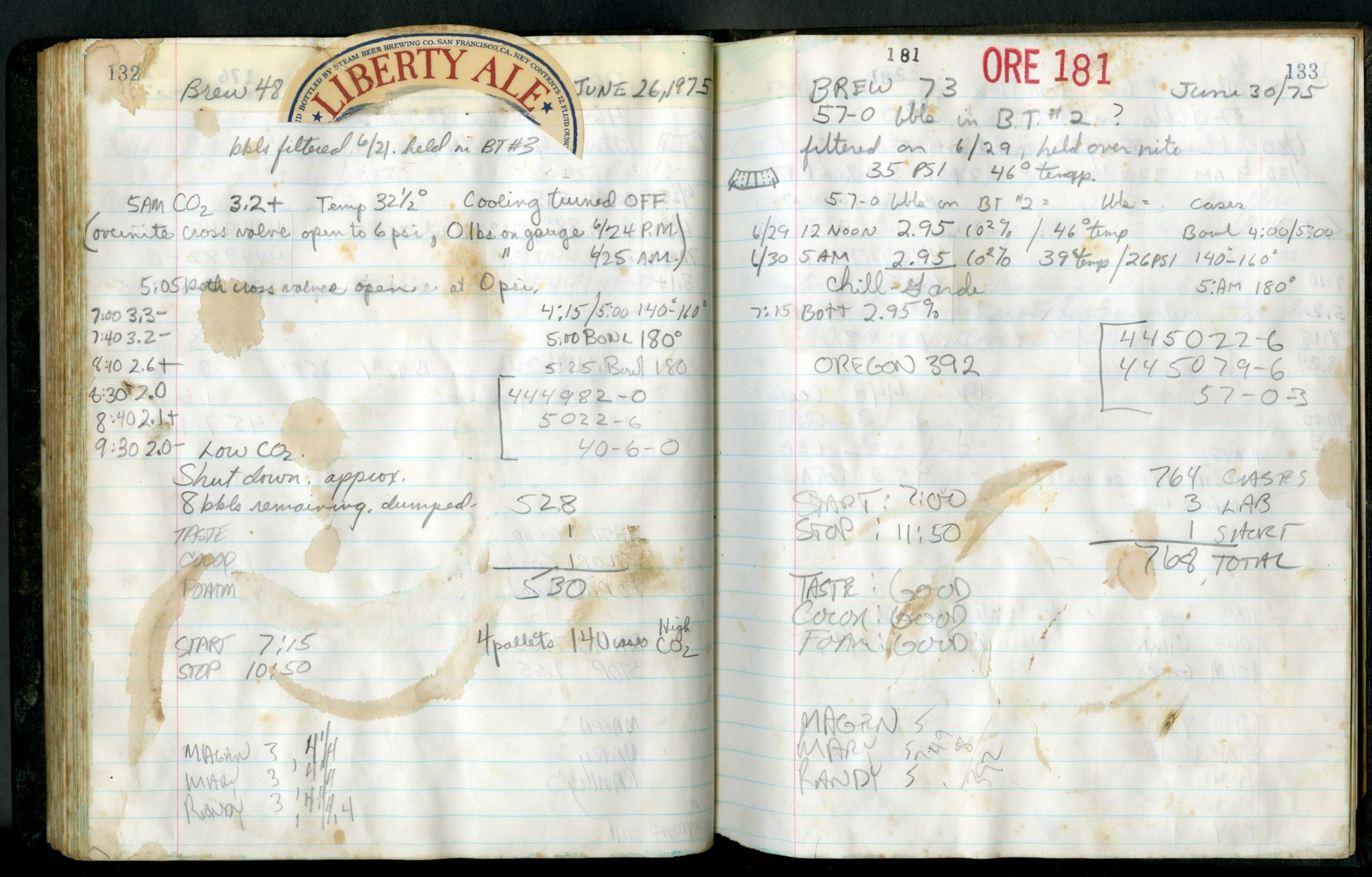A long-handled copper tool. A painting of St. Nicholas, the patron saint of brewers. A yellow metal sign that reads “Steam Beer on Tap.”
These are the kinds of artifacts that tell the story of Anchor Brewing Company, the 127-year-old San Francisco institution that many consider to be the nation’s first producer of craft beer, ones that historians have selected after surveying a voluminous amount of material.
“It’s so challenging to make those kinds of decisions,” said Theresa McCulla, the curator of the American Brewing History Initiative at the Smithsonian National Museum of American History, which already has on display (opens in new tab) artifacts and photographs from Anchor.
Yet that was precisely what McCulla was charged with doing when she visited Anchor’s Potrero Hill brewery in July, accompanied by an archivist and a collections specialist. Together, the trio combed through the site in search of objects that will give future generations an understanding of the San Francisco icon and its role in the craft beer revolution.
Curators at the Smithsonian select objects not only for their exhibition potential but also for their utility for future researchers. Thus, along with the pipettes and signs, tap handles and tiles, McCulla also collected scores of business records—items that can be useful long into the future, because the Smithsonian pledges to preserve whatever it collects in perpetuity.
Gallery of 4 photos
the slideshow
But it’s the artifacts that harbor secrets to be decoded. Like the barrels that were used to transport steam beer, which required six iron hoops—more than the typical beer barrel—because the beer was so effervescent. Or a 1989 batch of Anchor Steam that has the labels affixed upside down in recognition of the earthquake that had shaken the Bay Area that year, and a menu board in the taproom that reflects the very last beers that were available on tap.
Perhaps most heart-wrenching is a paper calendar McCulla noticed near the fermentation tanks during her visit. Circled in pencil was July 31—the last day the brewery would be in operation before its liquidation.
McCulla had already visited the brewery in her capacity as a curator—but under much different circumstances. In 2017, right around the time that Japan’s Sapporo Holdings Limited acquired the company, she went to Anchor Brewing for her very first research trip in her new position. She met brewery historian David Burkhart, collected artifacts and recorded an oral history with Fritz Maytag, the washing machine heir and longtime owner of the brewery, who saved it from extinction in the 1960s.
“I never would have expected that I would record oral history, sitting in Fritz’s office in 2017 and be back in that same office six years later, recording oral histories with a very different frame,” she said.
Gallery of 3 photos
the slideshow
Now the brewery itself is history, and its Art Deco building is up for sale.
“I can’t believe how fast it all happened,” said Lana Costantini, director of education and publishing at the San Francisco Historical Society. “With a place so big, you’d think it would be a monthslong process.”
Constantini selected artifacts for the historical society’s collection after the Smithsonian had finished. She scooped up objects like a handmade woolen flag that carried stories with them—artifacts that will be made accessible to the public at a pop-up exhibition at the history center later this fall.
She also took with her cases of embossed glasses, labels for every beer and one of the last cases of beer. They’re treating it the way a Star Wars obsessive would regard a vintage Princess Leia figure that’s still in its packaging.
“We won’t open it, not even the cardboard,” she said.







